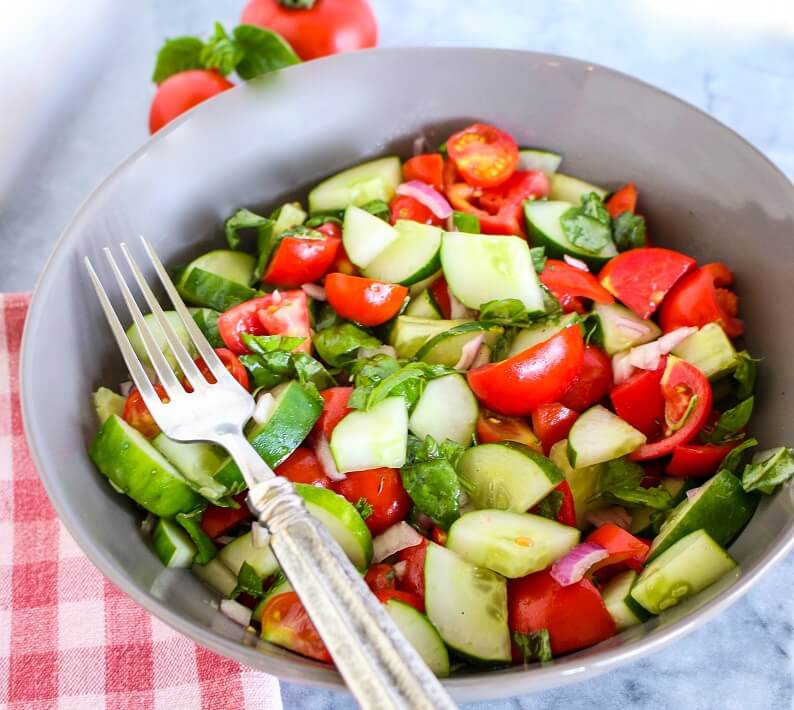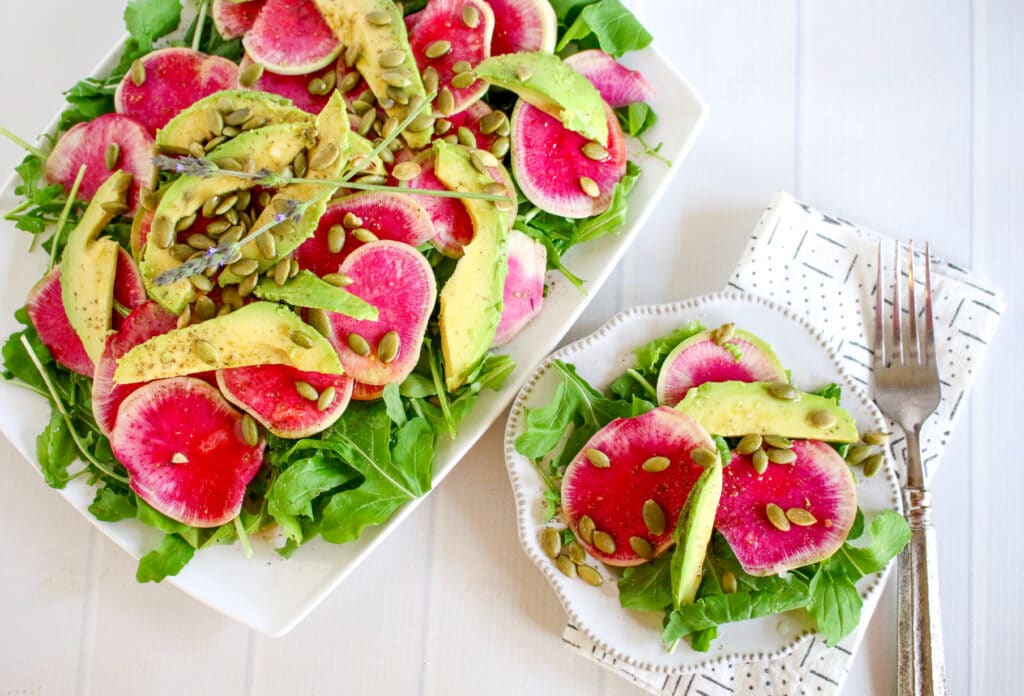7 Vegan and Vegetarian Weight Loss Tips & Recipes

Many people lose weight when they transition to a vegan or vegetarian diet—no counting calories or increase in activity required. In fact, research consistently shows that vegans and vegetarians weigh less than carnivores. That’s because a plant-based diet is rich in fiber from plant foods, and this nutrient has been linked with making you feel more satisfied after meals, as well as regulating blood glucose levels. A healthy plant-based diet packed with whole grains, pulses, soy foods, vegetables, fruits, nuts and seeds is moderate in calories, which can contribute to a healthy weight. However, many people find that making the switch to a vegan or vegetarian diet doesn’t automatically lead to weight loss. It’s important to remember that we are all very unique, with different body types, genetic profiles, and metabolic rates. Some of us need fewer calories (energy) than others. And vegan foods like brownies and ice “cream” can provide just as many calories as non-vegan versions of these foods. Even healthful foods, like grains, nuts, seeds, and avocados, can add up in terms of calories if you are consuming too many of them. While I don’t recommend that you should become overly focused on calories, there are a few things you can keep in mind if you are pursuing weight loss on a vegan or vegetarian diet. Check out these 7 Vegan and Vegetarian Weight Loss Tips & Recipes to learn more!

7 Vegan and Vegetarian Weight Loss Tips
Here are a few of my best tips for keeping your weight loss on track with a plant-based diet.

1. Vegetarians, Don’t Overload on Dairy Products. Cheese, cream, and sour cream are often the default options for vegetarians. But beware, high-fat cheeses can contain up to 120 calories and 6 grams of saturated fat per ounce. Heavy cream has 52 calories and 4 grams of saturated fat in a single tablespoon. And these are both very small portion sizes—one single serving of cream-based soup or cheesy lasagna can have several times this portion size.

2. Use Caution with Nut and Seed Servings. Nuts and seeds, such as almonds, pistachios, sunflower seeds, and hemp seeds are a good thing. Just keep close track of how much you’re consuming. Limit your servings to 1 – 3 per day (depending on your calorie needs), and remember that one serving is ¼ cup nuts or seeds, or 2 tablespoons of nut butter.

3. Watch Your Fats. Adding a moderate amount of healthy plant-based fats is a healthy habit. But limit your amount to 1 teaspoon of plant oil (i.e. olive, sunflower, canola) per serving, and no more than 5 servings per day, including in cooking. Dumping olive oil over your pasta, slicing an entire avocado into your wrap, or adding a ½ cup of walnuts to your salad can really push up the calorie load of your meals.

4. Keep Your Grains in Check. A healthy plant-based diet absolutely includes plenty of whole grains, but only about 5 – 8 servings per day for maintenance (a bit less for weight loss), depending on your specific energy needs. So, make sure you’re not overdoing cereals, breads, and grain servings throughout your day. Keep in mind that many people (and especially restaurants) can dish up four servings of pasta per portion, and dipping into the bread basket before meals can add a few extra servings of grains before you know it. A serving of grains is generally ½ cup cooked grains or pasta, or one slice of bread or a small tortilla.

5. Go Crazy for Veggies. The one food group you should eat without caution is non-starchy vegetables, including greens, cucumbers, broccoli, cauliflower, onions, carrots, summer squash, asparagus, cabbage, and Brussels sprouts. These plant foods average about 25 calories per serving, and their bulk, water, and volume can help you feel more full and satisfied.

6. Fruit for Dessert. Skip the dessert and enjoy a serving of seasonal unsweetened fruit to hit your natural sweet spot. At about 60 calories per serving, you can’t go wrong!

7. Balance Your Diet Wisely.Make sure you’re eating a balanced diet by including moderate servings of plant proteins, whole grains, vegetables, fruits, and healthy fats at each meal. This can be easy with the help of my eating plan in The Plant-Powered Diet, which includes the recommended number of servings you should choose each day.
For more plant-based recipes for healthy weight, check out the following satisfying meals which contain less than 500 calories each:
Moroccan Chickpea Sorghum Bowl
Tofu Kale Power Bowl with Tahini Dressing
Green Bean Mushroom Pot Pies with Mashed Potatoes
Green Goddess Grain Bowl
Southwestern Sweet Potato Shepherd’s Pie
Check out my books, Plant-Powered for Life and California Vegan, for other fabulous, healthy plant-based recipes.
Written by Sharon Palmer, MSFS, RDN
Main image: Tomato Cucumber Basil Salad, Sharon Palmer, RDN





Great Tips!! How much should I limit Cucumber as you didn’t mention them??
Thanks for sharing.
Cucumber is a very low calorie food, and I wouldn’t worry about limiting it if you don’t exceed a few servings per day.
Cucumber is a very low calorie food, and I wouldn’t worry about limiting it if you don’t exceed a few servings per day.
So many great tips. I’m trying all of this. Tnks for sharing.
Hi, I’m wondering how much should I limit beans as you didn’t mention them. Thank you!
You can limit your beans to one serving, which is 1/2 cup cooked, per meal, if you are trying to cut back on calories for weight loss.